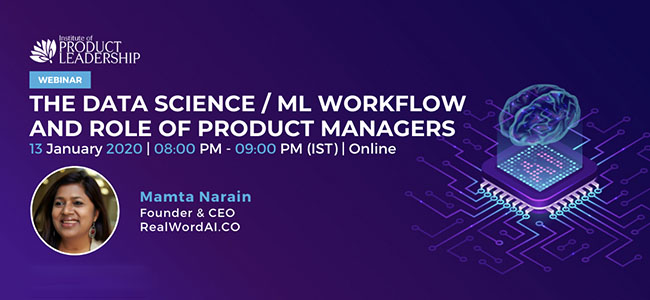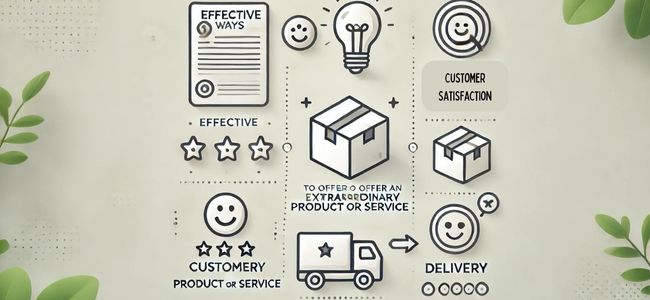How to Prioritize when Everything is Important
By Manisha Gupta, Senior Director, Product Management and Analytics, Oracle
Working with creative people opens the channel of numerous prolific ideas. Some of them, feeding
on excitement and vision, fade away in the fog of uncertainty, and few, become the spring of new
beginnings. This is how organizations and leaders push themselves beyond the boundaries of status-
quo and touch new ceilings.
For Manisha Gupta—Senior Director, Product Management and Analytics, Oracle—having such
creative atmosphere is a blessing for product managers as they have responsibilities of doing more
with less. However, the art of seizing the opportunity and sequencing “what to do first” is a product
manager’s craft that stems from years of experience and wisdom.
Shedding more light through an analogy Manisha delineates, “Consider a military plane, which is
going down after suffering seven malfunction strokes. Together, the 20 onboard soldiers can fix the
flaws, but first it is the captain’s job to identify and prioritize the glitches.” Likewise, in the product
management space, knowing solutions is not enough; identifying the sequence of implementing
solutions and tasks is also vital to establish a common ground.
For Manisha Gupta—Senior Director, Product Management and Analytics, Oracle—having such creative atmosphere is a blessing for product managers as they have responsibilities of doing more with less. However, the art of seizing the opportunity and sequencing “what to do first” is a product manager’s craft that stems from years of experience and wisdom.
Shedding more light through an analogy Manisha delineates, “Consider a military plane, which is going down after suffering seven malfunction strokes. Together, the 20 onboard soldiers can fix the flaws, but first it is the captain’s job to identify and prioritize the glitches.” Likewise, in the product management space, knowing solutions is not enough; identifying the sequence of implementing solutions and tasks is also vital to establish a common ground.
Upcoming Events
[add_eventon_list hide_past="yes" hide_empty_months="yes" event_count="15" event_type="105,127,93" number_of_months="4" ]
Breaking the Silos
Manisha calls this strategy “A Single List of Prioritize Investments”. She reckons that in every
company she has worked, whether a startup or a Fortune 500, employees always had some plans or
ideas in the best interest of their departments. It’s a good thing to stimulate a productive
environment and breed leaders in the vicinity.
However, a product manager like she had to keep those agendas in check that are in mutual
agreement of individuals from all walks of departments. “Then we move down to sequencing the
plans by weighing their importance. It could be the platform, customers or exploring big bets based
on their immediate impacts on buyer’s and user’s needs,” says Manisha. Following such strategy can
benefit product managers and cross-functional leaders to discover the areas of investments, allocate
budgets, and create efficient roadmaps.
However, a product manager like she had to keep those agendas in check that are in mutual agreement of individuals from all walks of departments. “Then we move down to sequencing the plans by weighing their importance. It could be the platform, customers or exploring big bets based on their immediate impacts on buyer’s and user’s needs,” says Manisha. Following such strategy can benefit product managers and cross-functional leaders to discover the areas of investments, allocate budgets, and create efficient roadmaps.
Embracing Change
The cycle of creating a list, juggling priorities, and defining the roadmap should be perpetual. Each
phase is a parameter to measure current growth and a reflection of future success. Product
managers should take concrete factors into account such as past experience and customer feedback
before executing new plan of actions. Both are important pieces of massive product puzzle as they
give a perspective to fathom previous agendas, their influence, and whether there is a need to
reshuffle the priority list.
“Staying patient and persistent stapled with clarity of vision is also critical for the long-run success in
product space,” says Manisha. Product managers should trust their gut, and if data validates their
foresight, they shouldn’t fear running into the wall during campaigns.
“Staying patient and persistent stapled with clarity of vision is also critical for the long-run success in product space,” says Manisha. Product managers should trust their gut, and if data validates their foresight, they shouldn’t fear running into the wall during campaigns.
Facebook
Twitter
LinkedIn
Past Events
Tagged IPL TV-Speaker Series




